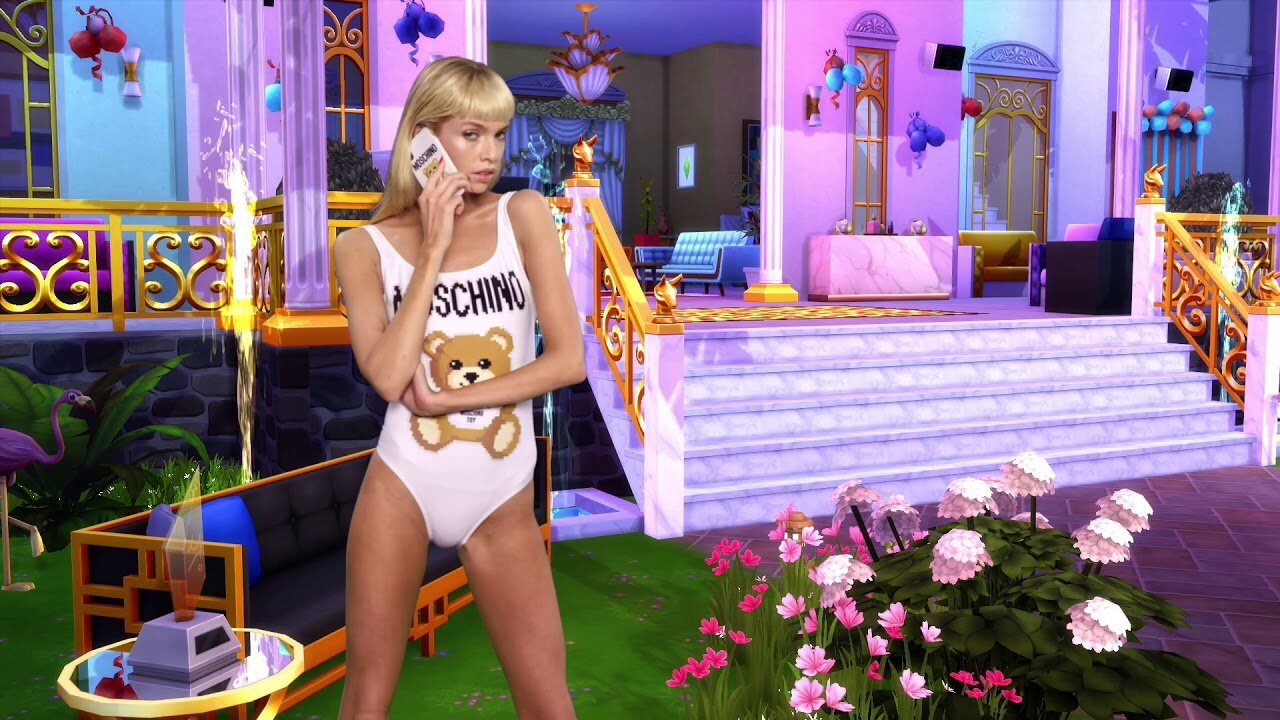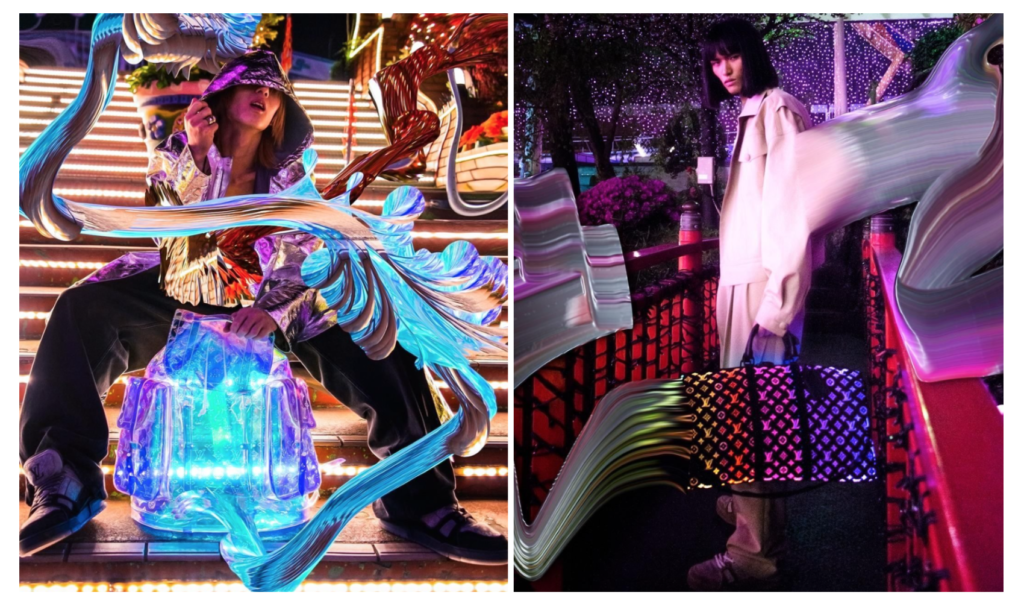Louis Vuitton clothing is coming to a computer screen near you, but instead of adorning runway models or red carpet-bound celebrities, the soon-to-launch Louis Vuitton looks will find a home on video game characters in Riot Games’ “League of Legends,” as the world’s most valuable luxury brand joins a larger trend of fashion companies working with game developers to make virtual items that video game-players can buy.
If rival Epic Games’ Fortnite is any indication, consumers will actually pony up and pay for virtual designer wares – with real money. In little more than a year of its initial release in July 2017, the wildly-popular online video game Fortnite generated more than $1 billion in revenue, according to the Wall Street Journal. Since the game is free to download and play, all of those sales come from nonessential in-app purchases. Up for offer to the 250 million-or-so active Fortnite users? Virtual clothing, among other things.
The market for video games, as a whole, is a big one. As of 2018, it was worth $43.8 billion, according to comScore data, which is greater than the estimated $28.8 billion figure tied to television and film streaming services.
More than that, the growth of the video game segment is also expected to eclipse the growth of the latter, as it is estimated to reach a whopping $300 billion by 2025 with a portion of those revenues inevitably coming from sales of video game-related “downloadable content and micro-transactions,” i.e., ones where players purchase virtual goods, such as clothing – or in gamer-speak, skins – for their characters. As of 2017, approximately $4 billion of the reported $30 billion video gaming market came from in-app purchases, and as the total value of the segment grows, in-app purchases are expected to follow.
Given the size of the market, its ever-escalating growth rate, and the high levels of engagement that come hand-in-hand with these popular games and the related real-life events, it is not terribly surprising that Louis Vuitton wants in, which is precisely why the Paris-based brand has teamed up with Riot Games for its “League of Legends” game, as well as for its annual World Championship, for which Louis Vuitton will make a custom case to house the Summoner’s Cup. Also up for grabs at the annual tournament, which was watched by nearly 100 million gamers last year? A $1 million check for the winning team.
 The Sims x Moschino collab
The Sims x Moschino collab
Looking beyond the tangible trophy case, which will join the ones that Louis Vuitton regularly makes for the Fédération Internationale de Football Association’s World Cup, the Rugby World Cup and sailing’s America’s Cup, and the soon to be released “unique champion skins and capsule collection designed by creative director Nicolas Ghesquière,” the partnership between Louis Vuitton and Riot Games will almost certainly see Louis Vuitton trade off the right to use its name and logos in certain goods categories, along with virtual depictions of its garments (and maybe accessories?), in exchange for payment, either in the form of a lump sum and/or potentially very hefty royalties tallied in accordance with actual sales by Riot.
In other words, the Louis Vuitton-Riot Games deal and the growing number of other fashion brand-game developer tie-ups operate quite a bit like some of the more traditional licensing agreements between brands and third-parties – such as eyewear manufacturers and cosmetics and fragrance giants, albeit most of the products at issue in the video game space are entirely virtual.
In addition to adding sizable – although undisclosed – figures to brands’ bottom lines, these partnerships help to boost brand awareness for the games. Beyond that, though, they stand to help the brands reach coveted new audiences, particularly of the millennial and Gen-Z type, who have money to spend and a decreasing tolerance for traditional advertising and product placement schemes, which makes alternative efforts, such as in-game promotions, a sweet spot for marketers.
The Louis Vuitton-Riot Games partnership joins the likes of a recent deal between Moschino and The Sims 4, which allows players to outfit their characters in runway garments from the buzzy Paris-based brand, from Moschino-branded bomber jackets to a pink version of the all-over teddy bear print look that Moschino creative director Jeremy Scott sent down the runway during Paris Fashion Week a few years ago.
Speaking of the Moschino partnership, Coresight Research’s managing director of luxury and fashion Marie Driscoll told Fortune that it has “certainly brought the [Maxis-developed and EA-distributed Sims] game further into the spotlight.” But, maybe even more significantly, Driscoll says that the deal – for which EA declined to share “how profits would be split” between itself and Moschino or any other financial details of its deal with the fashion brand – is a score for Moschino.
The partnership “probably benefits Moschino more,” she says, as “the pool of potential gaming customers who are already Moschino customers [is likely not] as big as the pool of gamers who are potential Moschino customers” should the in-game products spark their interest. With that in mind, the collaboration “gives the brand reach to a whole new audience of gamers,” who will hopefully not only come across the brand in the game and buy the virtual Sims x “Moschino Stuff Pack” for their characters, but will also seek out the brand’s wares in real life, making the branded placement not only a way for Moschino to boost brand awareness but to win over new consumers, as well.
Louis Vuitton, which is facing pressure holding on to its title as the most valuable luxury brand in the world from rivals like Gucci and Chanel, is certainly hoping for the same outcome, as well.











